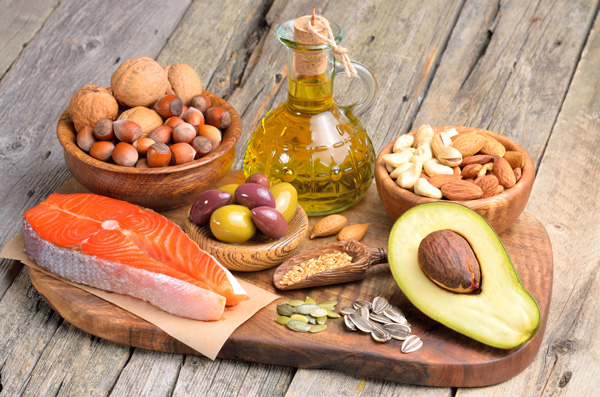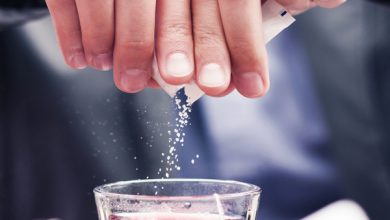Keto Foods & Cooking
Is All That Fat Really Safe To Consume?

Presently, as the benefits for achieving health and fitness goals associated with the high-fat/low carb diet, ketogenic (keto) diet become more widely known, the diet is growing in popularity. You aren’t the only one wonder, “How is it possible to lose weight by eating fat?” It sure sounds too good to be true, doesn’t it?
That myth about fats endangering your health got started by misconceptions arising out of nutritional data in the 1970s, which seemed to suggest saturated fats are bad. The United States went down the rabbit hole of low-fat everything. Since then, while consumption of fat (especially saturated fats) plummeted, obesity in America has skyrocketed. Low-fat diet foods took over the grocery store coolers and shelves because the preferred weight loss method became a high-carb/low-fat diet. Nevertheless, people somehow kept gaining weight.
It seems clear something was not right. Nearly 40% of American adults and 19% of children are obese, the highest percentages ever. Unfortunately, the medical profession neglected to fund additional research to answer the question “What’s wrong with this picture?”
Currently, recent studies found the culprit isn’t fats. A ketogenic diet shows what is happening here. The idea that fat makes you fat is a misconception for several reasons. First off, insulin and blood sugar levels rise on a high carb diet (especially the refined and processed carbs found in low-fat diet products). This encourages inflammation in the body. A low carb diet does just the opposite (reduces inflammation).
Secondly, saturated fat increases HDL (good) cholesterol while decreasing triglyceride levels, both of which help lower your heart disease risk.
What exactly is the Ketogenic (“Keto”) Diet?
The ketogenic diet makes your body burn fats to fuel itself instead of carbohydrates for fuel. The diet includes high amounts of fat (75%), moderate amounts of protein and low amounts of carbohydrates. As your body breaks down these foods into macronutrients, how your body uses energy changes. Let’s refresh your memory about what your body does with this energy in the first place.
How to Change Burning Carbs to Burning Fat
When you eat lots of carbohydrates, your body changes them into glucose, which triggers an insulin spike. Remember, insulin transports glucose through your bloodstream for energy. Glucose is your body’s preferred energy source of the body. When glucose is present, your body will burn it before burning fat since glucose is your body’s the preferred energy source.
On the other hand, the keto diet reduces your carb intake significantly, which lowers your glucose levels. Thus there not enough for your body converts to energy. As a result, your body enters ketosis, the defining characteristic of a ketogenic diet.
During ketosis, your body becomes a fat-burning machine. Fat becomes your energy source, not carbs. Your liver synthesizes ketones from fatty acids in your body, which become your body’s new source of energy. Your body becomes what is callêd, keto-adaptive (more efficient at burning fat) as you eat more fat.
Ketosis is a survival process of the body for the times when food isn’t plentiful. The keto diet aims to starve the body of carbohydrates, transforming the body into a fat-burning state and supplementing with optimal nutrition
How Much Protein, Fat, and Carbs Should You Eat on Keto?
Fat, protein and carbs are those macronutrients we mentioned previously. Each keto meal includes:
- Very low carb
- High fat
- Moderate protein
Macronutrient Breakdown on Keto
- Calories from carbs: 5% (20-50 grams daily)
- Calories from fat: 75% (sometimes more for certain people)
- Calories from protein: 20%
This range is a generalization; the numbers vary with each person’s needs and goals.
Protein Intake
Your body’s composition (ideal weight, gender, height and activity level) determines the amount of protein that you need. Remember: Your body begins to break down protein into glucose when fed too much protein. To prevent the protein from breaking down into glucose, avoid eating more than 1.5-2 grams per 2.20462 (kilo) pounds of lean body mass.
Fat Intake
Once you determine the percentage of daily protein and carb calorie, add the two and subtract from 100, which gives you the percentage of fat calories.
Calorie counting becomes unnecessary on a high-fat diet, which is is more satisfying than a diet high in carbs (sugar) and reduces the likelihood you will overeat. Instead of counting calories, Pay attention to your macro levels Instead of worrying about calories.




